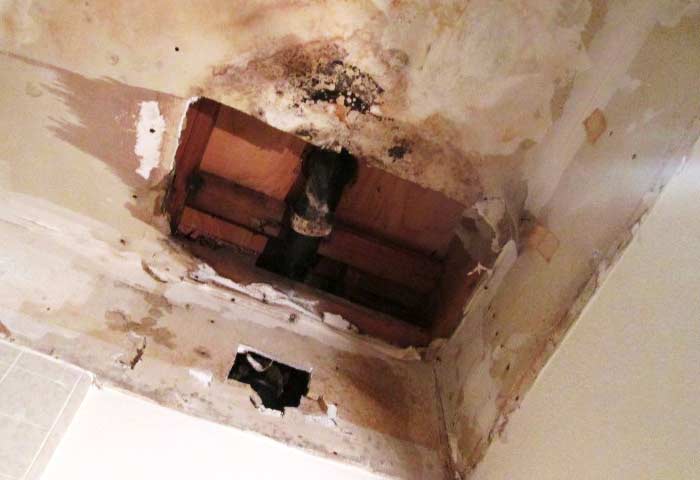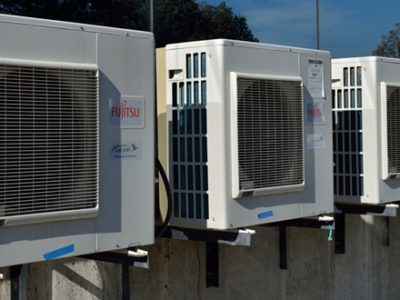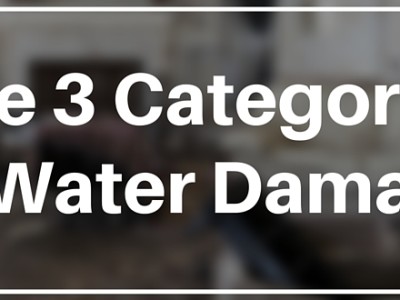Why Do Pipes Burst?
Having a pipe burst in your home could lead to difficult and expensive home repairs. Many times homeowners forget to check on their pipes because they are located in the ceiling or under the home. Because of the location of these pipes, we often don’t realize there is a problem until we see a bulge in the drywall, or when water comes flooding out of the ceiling. But what causes pipes to burst?
Causes of Burst Pipes
Ruptures in pipes are one of the most common plumbing problems, and have many likely culprits.
1. Old pipes
Old pipes weaken through the normal wear and tear of daily usage. Weak pipes then become a prime spot for leaks and ruptures in loose joints and worn out pipe segments.
2. Water pressure
This could be anything from clogged lines due to backed up toilets or clogged water pumps that cause the pressure in the pipes to build. High water pressure also comes from pipes being too small to handle the amount of water flowing through them causing an issue with pressure regulation.
3. Water freezing
Although San Diego doesn’t often deal with temperatures that are below freezing, we do get the occasional snowfall in the high mountain areas that could be affected by this situation. As water in the pipes freeze, it expands to become ice, putting pressure on the pipes and causes them to burst. Unprotected or pipes that have not been properly insulated become the most likely places for a burst to occur.
4. Heat
When we get into higher temperatures with less rainfall, the ground dries out and causes old pipes to shift making them vulnerable to breakage.

What to Look For
- Damp patches in walls, ceilings, or floors
- Unusual smells of mold
- Loss of water pressure
- Unusual noises (water running when all faucets are off)
What to Do
- Look for signs of water damage
- Turn off your stopcock fully and open all taps to flush water from the system
- DO NOT use any electrical devices in the affected area
- Clean any excess water as soon as possible to minimize water damage
- Moving furniture out of the affected area may be required
- Call you plumber and water restoration expert immediately





